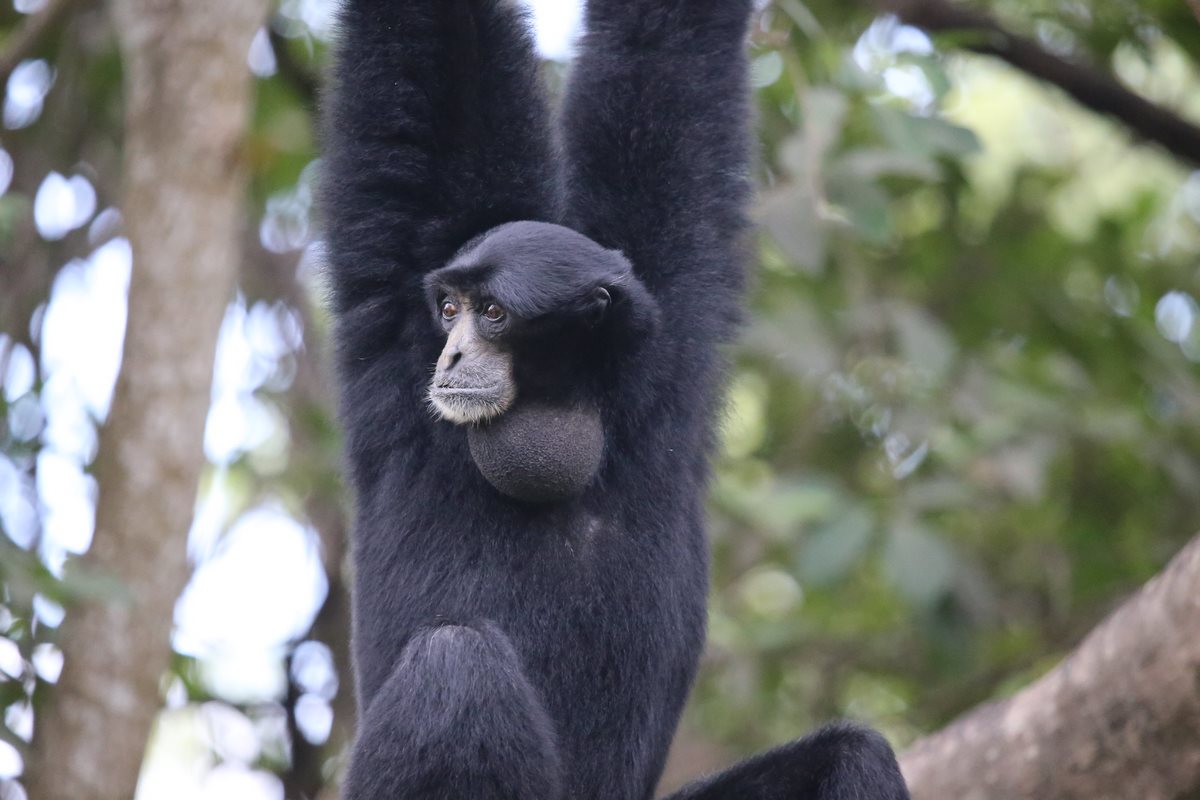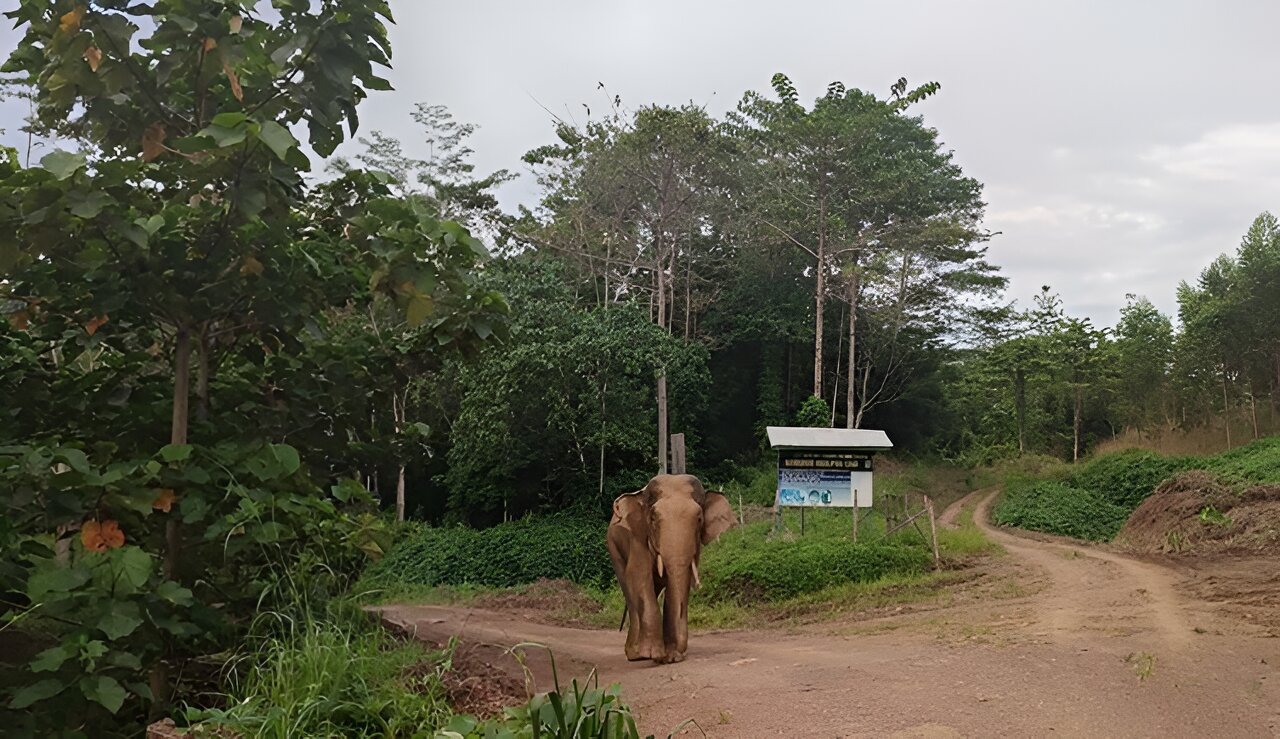In the village of Barekuri, Assam, Mohit Chutia and his community share a unique connection with the endangered hoolock gibbons, the only ape species in India.
Chutia, often called “bandar” (monkey) by locals, has formed a deep bond with the gibbons, treating them like family.
The village is home to just 19 of these apes, with only four females remaining, putting their survival at risk.
As Chutia cradles his grandson and sings to the gibbons, they leap gracefully through the canopy above.
Despite this harmony, the gibbons face grave threats. Habitat loss from deforestation, mining, and industrial expansion has fragmented the forest, cutting the apes off from vital resources.
Chutia recalls a gas blowout in 2020 that devastated the area, killing wildlife and affecting the villagers.
Researchers like Ishika Ramakrishna urge the government to halt further mining and create “canopy bridges” to help the gibbons move safely across open spaces.
While the Indian government has praised Barekuri’s coexistence with its gibbons, ongoing threats from industry loom, leaving the future of this delicate relationship in question.
This article by Trinity Sparke was first published by One Green Planet on 27 October 2024. Image Credit :Raj_foxysnapshots/Shutterstock.
What you can do
Help to save wildlife by donating as little as $1 – It only takes a minute.






Leave a Reply